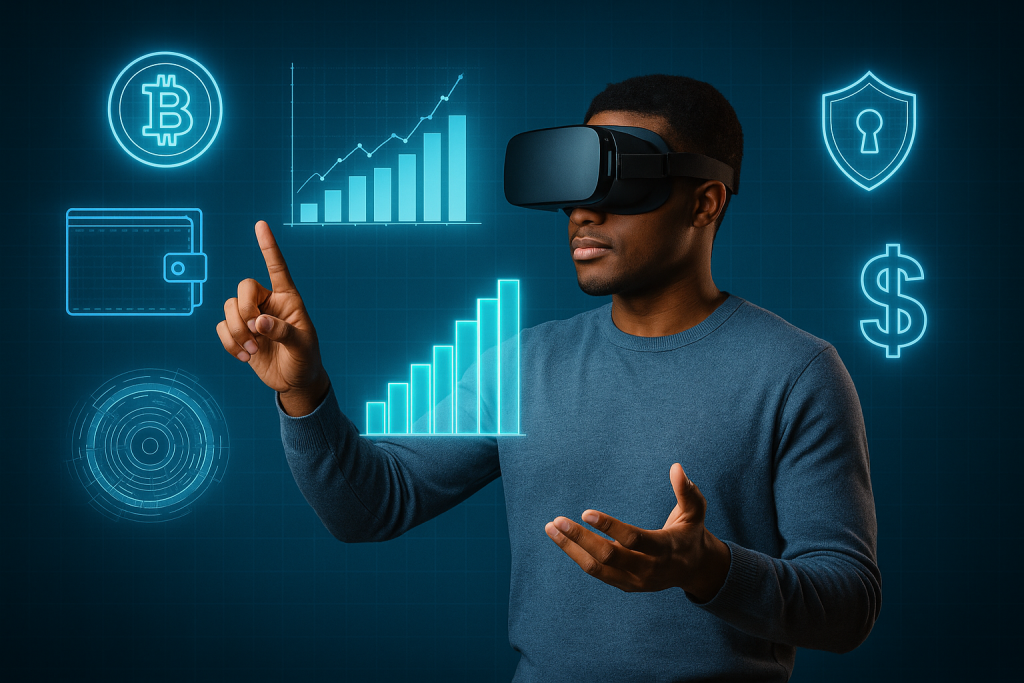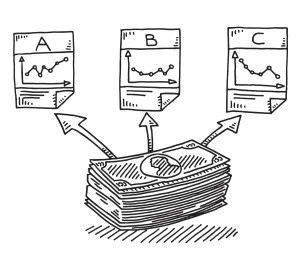New technologies are pushing the boundaries of how we interact with money. At the center of this shift is the metaverse, a digital universe that blends virtual environments, assets, and economic opportunities. Its influence is quickly moving beyond gaming and into financial behavior.
This article explores how the metaverse and digital assets are changing personal finance. From new forms of income to decentralized transactions, these innovations are redefining how individuals manage wealth, invest, and interact with money daily.
Financial ecosystems inside the metaverse

In virtual environments, people already buy land, build businesses, and sell digital goods. These spaces operate with their own economies—powered by blockchain, smart contracts, and cryptocurrencies. The metaverse is becoming a place where value creation is real and scalable.
Users are earning income through freelance services, creative projects, and asset trading—all within immersive platforms. This signals a shift in financial behavior and economic inclusion. Personal finance now includes NFTs, token use, and managing digital wallets.
Beyond entertainment, the metaverse is forming a parallel financial space with fewer barriers. Platforms are offering decentralized banking tools where users manage their data and capital. It’s a shift toward autonomy and long-term participation.
Digital assets as tools for inclusion and control
Digital assets remove many of the traditional limits placed on financial participation. A smartphone and internet connection are now enough to access capital, send payments, or invest. This is especially relevant for communities excluded from formal banking.
In the metaverse, these tools gain new dimension. Users engage directly with platforms, build their reputation, and store value independently. The rise of stablecoins and decentralized apps is changing who has control—and how much.
Opportunities and risks for individuals
While the potential is enormous, users must also proceed with caution. The metaverse is still evolving, and with it come risks related to fraud, regulation, and volatility. Understanding how digital systems work is essential before diving in.
However, early adopters can benefit from lower fees, open innovation, and faster access to resources. Personal finance education now needs to include tokenomics, Web3 logic, and smart contract literacy. Ignoring these trends may soon mean falling behind.
The more immersive this space becomes, the more complex the decisions it requires. Risk management, digital identity protection, and custody of assets are all part of this new financial landscape. The metaverse brings opportunity, but not without effort.
The evolving role of identity and data
Identity is no longer just documentation—it’s digital, portable, and programmable. In virtual finance, your actions, assets, and behaviors are tied to verifiable credentials. This affects access to services, credit systems, and investment platforms.
Data becomes a personal asset that users can choose to monetize, protect, or exchange. In the metaverse, this autonomy challenges the old models of centralized control. It offers a more balanced approach to power in financial relationships.
Why the metaverse is shaping the next era of finance
The metaverse is not a passing trend—it’s a new layer of human interaction with profound economic consequences. It blends access, experience, and control in ways no traditional system has offered. And this change is accelerating fast.
People are already using avatars to attend financial events, manage portfolios, and finalize agreements. Immersive banking is becoming real. With transparency, innovation, and user ownership, this space redefines what it means to engage with money.



